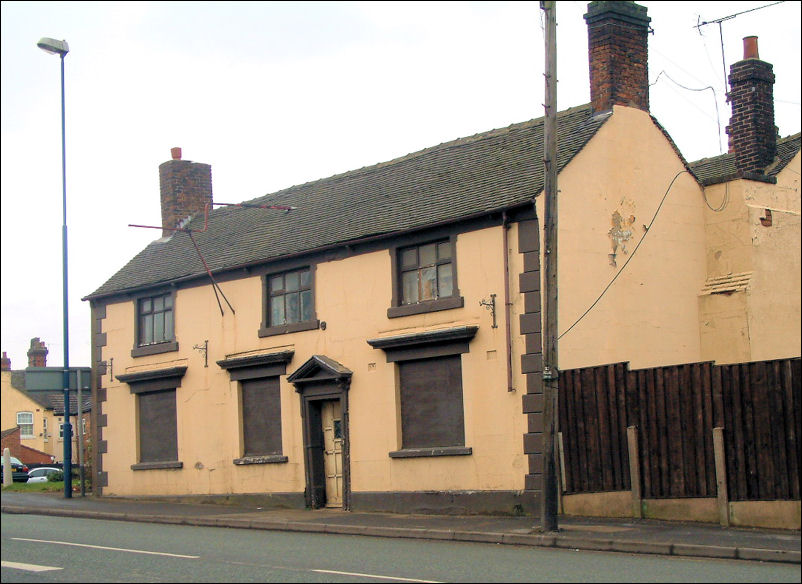|
|
|
Old Pubs of the Potteries
![]()
![]()
![]()
next: White Horse,
Cobridge
previous: Rose and Crown, Etruria
contents: index of
old pubs of the Potteries
|
Black
Boy, Cobridge
photo 2001
a member of the Association of Master Upholsterers & Soft Furnishers Ltd.
|
|
to the right is the "Black Boy" inn - note from the
photo of the inn above
the following information provided by Phil Johnson:
"We had a little bit of a sporting association with the
area. The pub, The Black Boy, had been kept by my Mum’s Uncle, (my
grandma’s brother) Billy Briscoe, who had been a prolific footballer
with Port Vale in the 1920’s and 1930’s.
|

Black Boy Inn, Cobridge
Road
photo: Mar 2009
|
next: White Horse, Cobridge
previous: Rose and Crown, Etruria
contents: index of old pubs of the Potteries